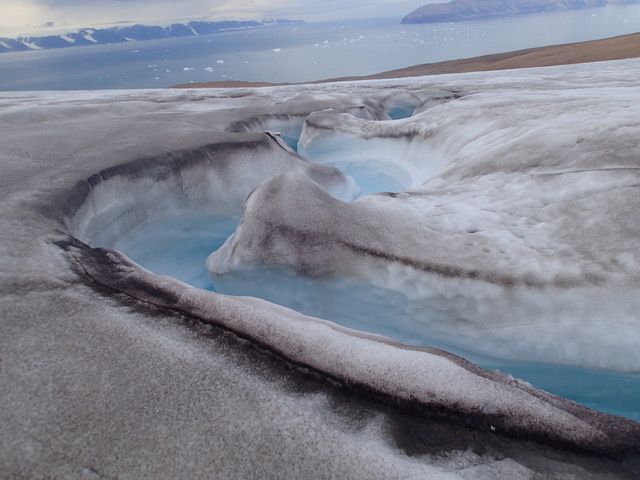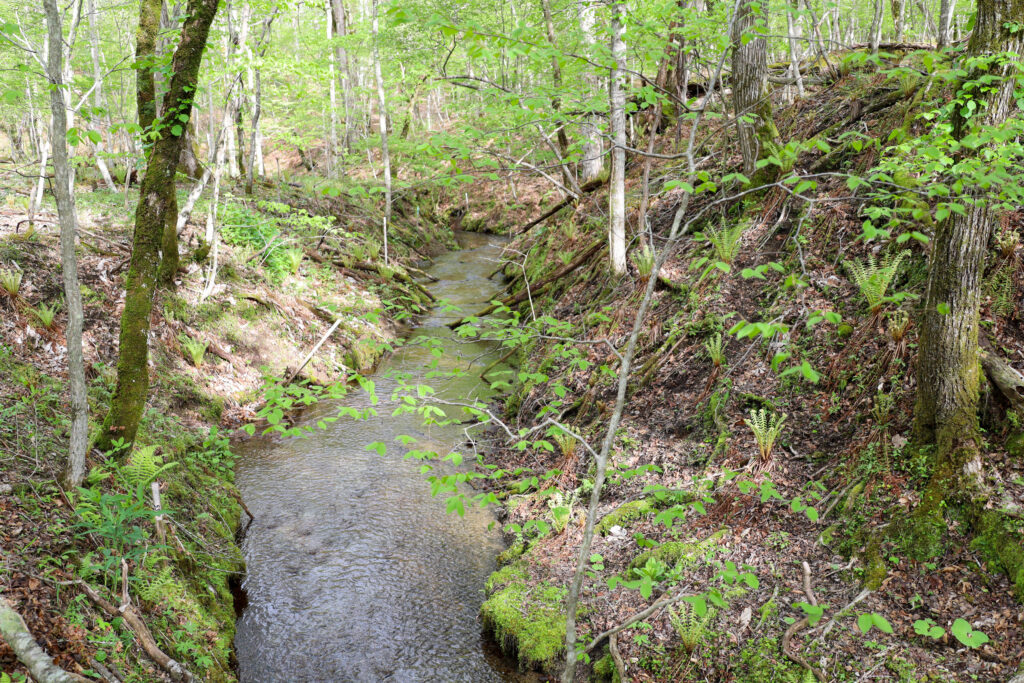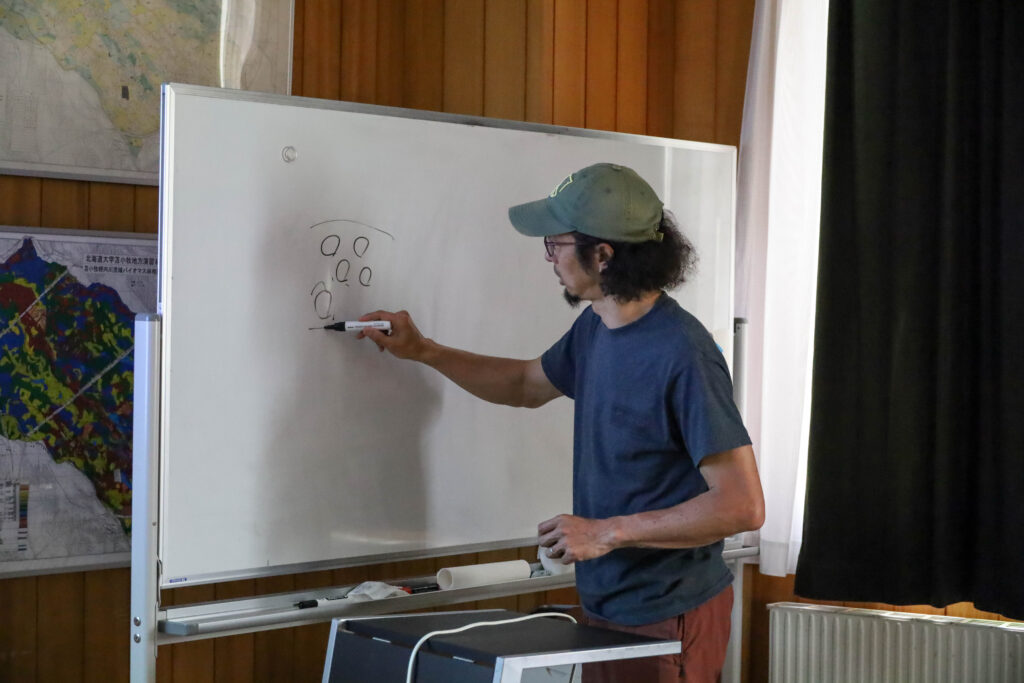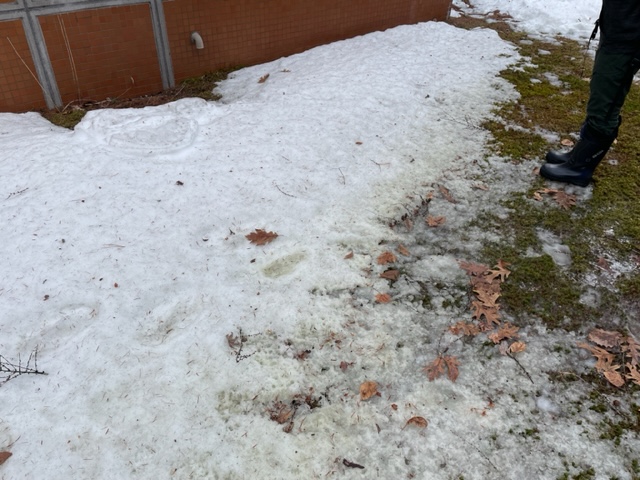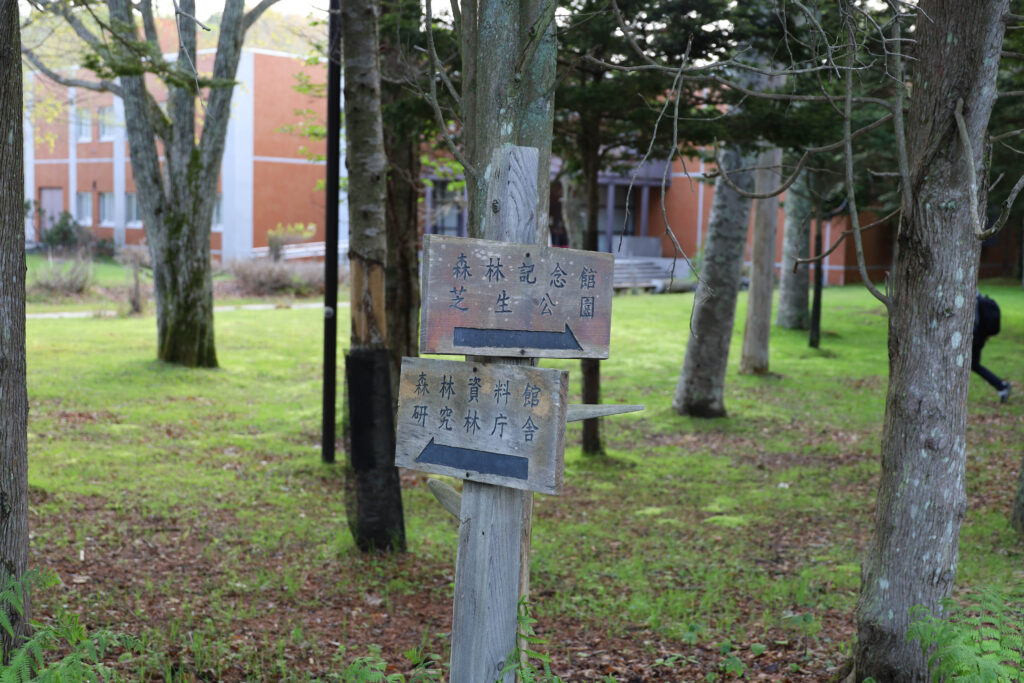When we hear the word "glacier," we imagine a pure white ice, but in recent years, darkening of glaciers has become an issue. The cause of this darkening are microorganisms that proliferate on glaciers and ice sheets in summer. Associate Professor Jun Uetake of the Hokkaido University's Tomakomai Experimental Forest is conducting research on these mysterious ice microorganisms.
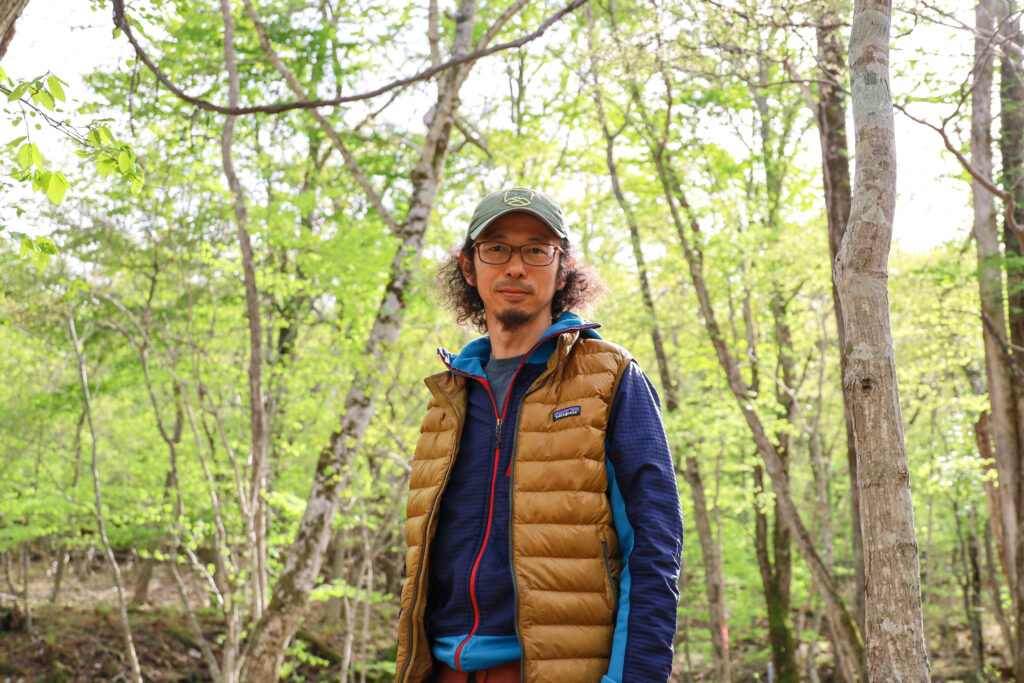
Associate Professor Jun Uetake, Tomakomai Experimental Forest, Field Science Center for Northern Biosphere, Hokkaido University (Photo: Miho Nagao)
Uetake says his enthusiasm for mountains and the outdoors led him to the research of glaciers. His research on microbes started from the idea that studying the ecosystem and life cycle of microorganisms inhabiting ice glaciers would lead to a deeper understanding of glaciers. Since then, he has traveled around the world in search of glacier microorganisms, to places such as Greenland and the alpine area of Africa. After receiving his doctorate, he worked at the National Institute of Polar Research, continued his research at Colorado State University, and is now based at the Tomakomai Experimental Forest, Field Science Center for Northern Biosphere, Hokkaido University.
The Tomakomai Experimental Forest
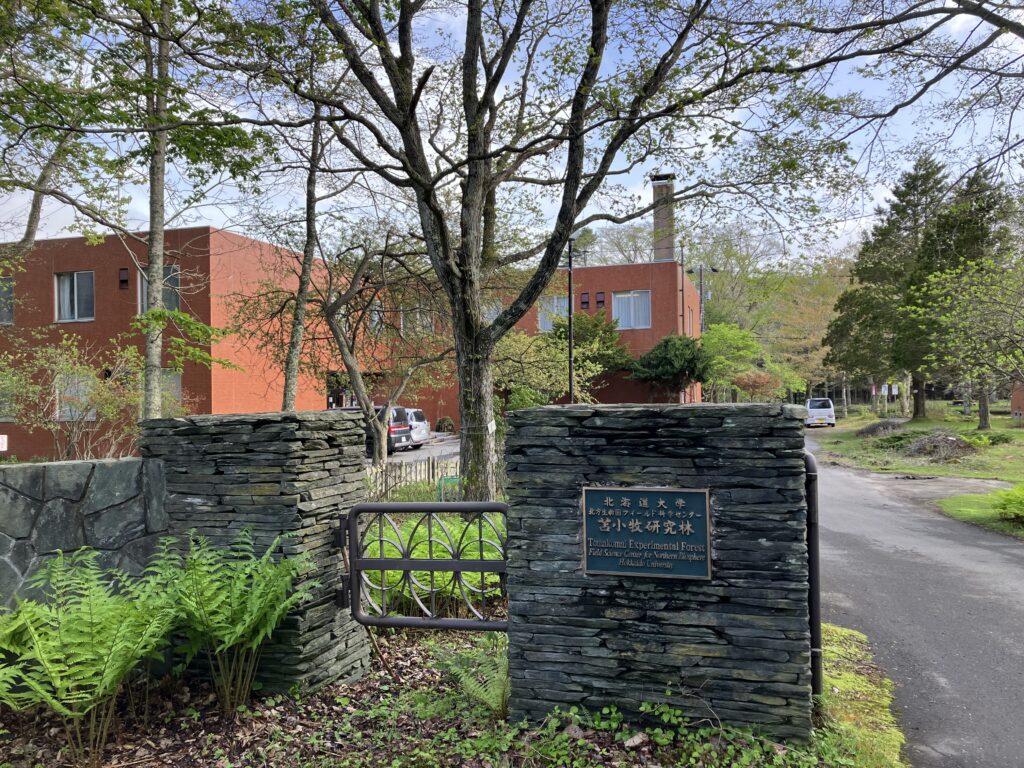
Tomakomai Experimental Forest Office, Field Science Center for Northern Biosphere About 60 km from Hokkaido University Sapporo Campus around one hour by car (Photo: Hina Tachibana)
The Tomakomai Experimental Forest covers an area of approximately 2,700 ha. The entire area is covered with volcanic ejecta due to the eruption of Mt. Tarumae, and is blanketed with snow in winter. Hokkaido University's experimental forest excel at large-scale manipulation experiments, such as nitrogen input application to the forest, and reproduction of landslide environments. At the Tomakomai Experimental Forest, for example, researchers monitor trout's behavior in the Horonai river, which flows through the Experimental Forest, by implanting IC chips in trout bellies. In addition, the Experimental Forest owns the largest forest canopy crane in Japan, allowing researchers to directly interact with the canopy (the top layer of forest where leaves grow) for observation and sampling. With its philosophy of contributing to society and the community, parts of the forest are made open to the public. The facility also holds events to introduce its research to local residents and give hands-on learning opportunities for children. Uetake says that he would also like to conduct activities to inform local residents about environmental changes in Tomakomai.
What are ice microorganisms?
According to Uetake, when snow melts and gets wet, snow algae move from the ground surface into the water layers between snow gains, where they proliferate through photosynthesis. The surface of the snow is highly exposed to sunlight and also its reflection, and the intensity of the light inhibits photosynthesis. Therefore, snow algae produce secondary pigments that work like sunglasses to protect themselves by reducing the intensity of light.
The surface of the glacier is darkened by the proliferation of large numbers of glacier algae that possess these secondary pigments. Importantly, microbial darkening reduces sunlight reflectance and accelerates glacier melting (called the bio albedo effect). The light reflectance of glacier ice without darkening is about 40%; however, when darkening occurs, it is known to drop to 20%. "As global warming progresses and air temperatures in polar regions rise, snow microorganisms will be able to proliferate much more, causing the bioalbedo effect to be enhanced," says Uetake.
Currently, the sea level is rising at a rate of about 3.6 mm/year. If glaciers continue to melt at the current rate, it is projected to rise by 0.8 m by 2100, but this prediction does not take into account the bioalbedo effect. In addition, snow microorganisms may flow into the ocean as the ice melts, affecting the marine ecosystem. It is impossible to eliminate these microorganisms, because the size of the glacier is so huge. Since there are many things that are not known about glacier algae, the first goal is to identify their life cycles and properly assess their impact.
Familiar snow microorganisms
The growth of snow algae can be seen not only in Greenland but also in other regions including Japan. Uetake has been sampling and studying snow microorganisms in many parts of Japan. In particular, the genotypes of green algae found in the Tomakomai Experimental Forest are distinctive. The cause of these regional differences is not yet clear; he hypothesizes that the vegetation under the snow and is one of the factor, and he is trying to find out more about it and its effects.
Microorganisms influence the weather
Uetake is also conducting research on "bioaerosols", such as pollen and microorganisms floating in the air. Bioaerosols had received little attention previously, but recent studies by other groups suggest that they play a variety of roles such as cloud formation. Clouds come in two forms, water and ice; bioaerosols act as nuclei for ice crystal formation, causing ice formation at higher temperatures compared to particles such as minerals. Based on this, Uetake thinks that changes in bioaerosols due to climate change further influence the climate.
Uetake is continuously sampling forest bioaerosols at the Tomakomai Experimental Forest to study seasonal changes in microbial communities. He says that his ultimate goal is to clarify the movement of microorganisms in the global circulation of the Earth's atmosphere by studying bioaerosols. "There are many things we don't know about bioaerosols, even at the local scales. They do exist in the air, but we still don't know how they affect ecosystems and climate."
"Don't be afraid to take risks"
"I try to pursue my research with open-mind, and to execute the field research which no one had ever tried," says Uetake. "When you go into the field, you will see new things, which you only know. I want students to take some risks to take on own challenges."
At the Tomakomai Experimental Forest, in addition to student trainings and experimental researches, public visitors can enjoy walking and bird watching in the arboretum. In March of 2023, a crowdfunding campaign led by Uetake was held to promote the appeal of the Tomakomai Experimental Forest to a wider people. Donations raised will be used to open the forest museum on every Saturday and to maintain the facilities of the arboretum, including walking trails. Why not take this opportunity to visit the nature-rich Tomakomai Experimental Forest?
Written by Hina Tachibana (Science Writing Intern)

